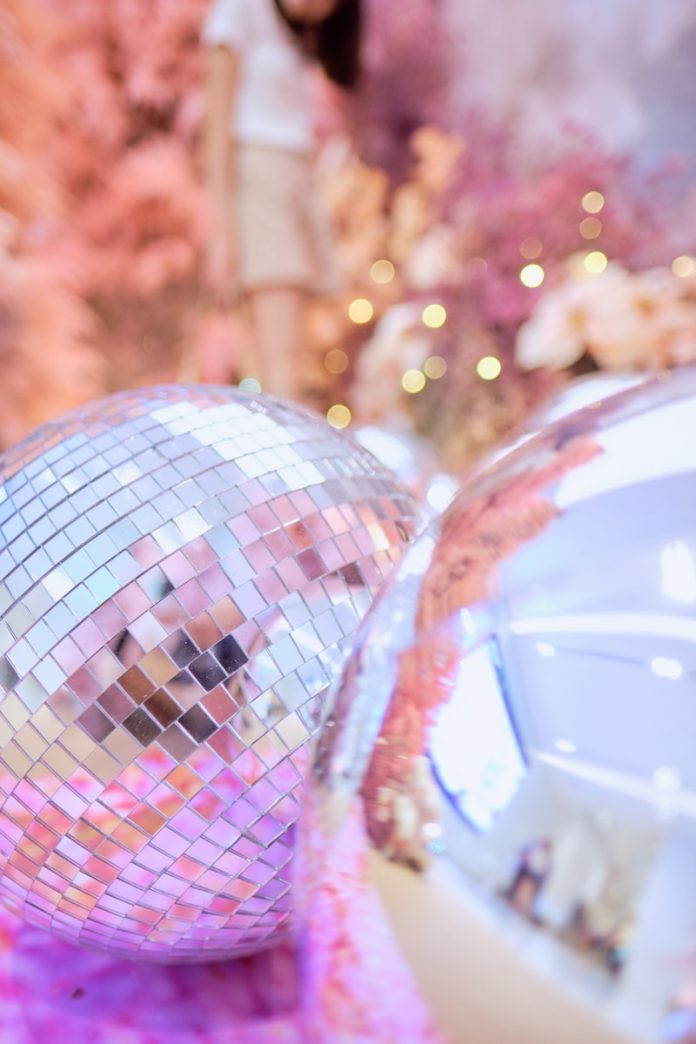Festivals are vibrant, dynamic celebrations of music, art, culture, and community. Whether you’re at a massive music festival like Coachella, an intimate cultural gathering, or a food and arts festival, these events present unique opportunities to capture moments that tell powerful stories. For many festival-goers, photos become cherished memories, preserving the spirit of the event long after the music fades. However, capturing amazing festival photos requires more than just snapping pictures; it requires an understanding of the environment, the right gear, and the ability to anticipate moments that truly encapsulate the energy of the festival.
Whether you’re a budding photographer or someone who simply loves to document the experience, mastering the art of festival photography is a skill that can turn ordinary shots into extraordinary memories. In this essay, we’ll explore the key tips and techniques you need to take amazing festival photos, from understanding lighting and composition to preparing for the unpredictability of these vibrant events.
- Prepare the Right Gear
A great festival photo starts with the right equipment. While it’s tempting to think that you can rely on your smartphone to capture every moment, investing in the right camera gear can elevate your photos from casual snapshots to professional-level images. When preparing for a festival, here are some key pieces of gear to consider:
Camera: While smartphones can do the job in certain scenarios, a DSLR or mirrorless camera with manual controls will give you more flexibility to adjust settings, like aperture, shutter speed, and ISO. This allows you to take sharper, more dynamic shots, especially in challenging lighting conditions.
Lenses: A fast lens (with a large aperture, like f/1.8 or f/2.8) is ideal for low-light environments typical of festivals. A versatile zoom lens (like a 24-70mm) is great for capturing a wide range of shots, from wide-angle crowd shots to close-ups of performers. If you’re photographing performances from a distance, a telephoto lens (70-200mm) can help you get close-up shots without intruding.
Memory Cards and Batteries: Festivals can be long days, and you’ll likely shoot hundreds, if not thousands, of images. Be sure to carry extra memory cards and fully charged batteries to avoid running out of storage or power during key moments.
Tripod/Gimbal: If you’re aiming for steady shots or long-exposure photography (such as for light trails or fireworks), bringing a tripod is essential. For video, a gimbal stabilizer can help you capture smooth, cinematic footage while on the move.
Portable Charger: Festivals are often spread across vast areas, and you may find yourself away from charging stations for hours. A portable charger ensures that your gear stays powered throughout the day, especially if you’re using your phone or camera for extended periods.
- Understand Lighting and Timing
Lighting is one of the most critical elements in festival photography. Festivals can vary drastically in terms of natural and artificial light, and understanding how to work with different lighting conditions will help you take better photos.
Golden Hour: The hour after sunrise and before sunset is known as the “golden hour,” and it provides the most flattering natural light for portraits and landscape shots. If you’re capturing candid moments or scenic festival shots, try to shoot during this time to achieve warm, soft lighting.
Nighttime Photography: Festivals often carry on well into the night, and shooting in low-light environments can present challenges. A fast lens with a wide aperture (f/1.8 or lower) is key, as it allows more light to reach the sensor. You’ll also want to adjust your ISO to a higher setting to avoid graininess, but be careful not to push it too far, as this can introduce noise into your images. Consider using a tripod or stabilizer for sharp photos in low light.
Stage Lighting: When photographing live performances or stage acts, the lighting can be unpredictable and ever-changing. Performers are often lit by dramatic spotlights or colored lights that may create harsh contrasts or bright halos. Experiment with different shutter speeds and apertures to capture the energy and movement on stage. If you’re photographing the crowd, focus on capturing the ambient lights that create excitement and atmosphere.
Flash Use: While flash is often avoided in natural settings, it can be an effective tool for capturing details in darker areas, such as in the crowd or backstage. Consider using a flash with a diffuser to soften the light and prevent harsh, unflattering shadows. Avoid using your camera’s built-in flash, as it can lead to unnatural lighting and flat-looking photos.
- Master Composition
The key to taking great festival photos lies not only in technical elements like lighting but also in your ability to compose a striking image. Whether you’re photographing performers on stage, groups of festival-goers, or the entire atmosphere, these tips will help you create more visually compelling images:
Rule of Thirds: One of the fundamental principles of composition, the rule of thirds involves imagining a grid divided into nine equal sections. Placing your subject off-center, along the lines of the grid, often creates a more balanced and dynamic composition. Use this principle to position performers, people, or key elements in your frame.
Leading Lines: Festivals are filled with natural leading lines—such as paths, fences, and stage structures—that can help guide the viewer’s eye toward the focal point of your image. Use these lines to create depth and direct attention to important elements of your photo.
Focus on Emotion: Great festival photos aren’t just about the environment—they’re about capturing the emotion of the moment. Whether it’s the elation of a crowd during a climactic song or the joy of people dancing in unison, focusing on expressive faces or body language can bring your photos to life.
Candid Shots: While posed photos have their place, candid shots often capture the true essence of a festival experience. Look for moments of spontaneity—someone’s face lighting up when they see their favorite artist, a group of friends laughing together, or an intimate moment shared between festival-goers.
Wide Shots and Close-Ups: A variety of shots helps tell the full story of the festival experience. Wide shots capture the scope and energy of the crowd, the sprawling festival grounds, or large-scale performances. In contrast, close-up shots focus on individual details—performers mid-song, the expressions of the audience, or the intricate details of art installations and stage setups.
- Be Aware of the Environment
Festivals often take place in crowded, dynamic environments that present both opportunities and challenges for photographers. Here’s how to make the most of your surroundings:
Crowd Management: Festivals attract large numbers of people, and while this adds to the energy, it can make photography difficult. To get clear, unobstructed shots, try to position yourself on the edges of the crowd or near elevated platforms. If you’re photographing a crowd, be mindful of moments when the crowd comes together in a singular emotion or action, such as during a fan favorite song or a particularly emotional moment.
Interaction with Performers: If you’re photographing performers, be respectful and aware of their space. Some festivals may have specific policies on photography, such as restrictions on using flash or barriers that separate photographers from the stage. Familiarize yourself with these rules to ensure you’re not disrupting the performance.
Weather Conditions: Festivals are often held outdoors, and the weather can be unpredictable. Be prepared for rain, intense sun, or dust by packing weather-appropriate gear, such as a weather-resistant camera bag, a lens cloth, or even a rain cover for your camera. Embrace the weather conditions, as they can lead to dramatic lighting or unexpected moments that can enhance your photos.
- Experiment with Creative Techniques
Festivals are the perfect environment to push the boundaries of your photography and try new techniques. These creative shots can give your photos a unique edge and set your work apart from others:
Motion Blur: To capture the movement and energy of a festival, try experimenting with slow shutter speeds. This technique can create beautiful motion blur, especially when photographing dancers, moving crowds, or performers on stage. Just be mindful of the subject’s movement and use a tripod to avoid unwanted camera shake.
Silhouettes: Capture the dramatic shapes of performers or festival-goers against a bright, colorful sky. Silhouettes create a striking contrast and evoke emotions that highlight the atmosphere of the festival, whether it’s the energy of a crowd at sunset or the majesty of a performer under stage lights.
Reflections: Look for opportunities to photograph reflections in puddles, windows, or shiny surfaces. This technique can add depth and interest to your photos while offering a fresh perspective on the festival scene.


